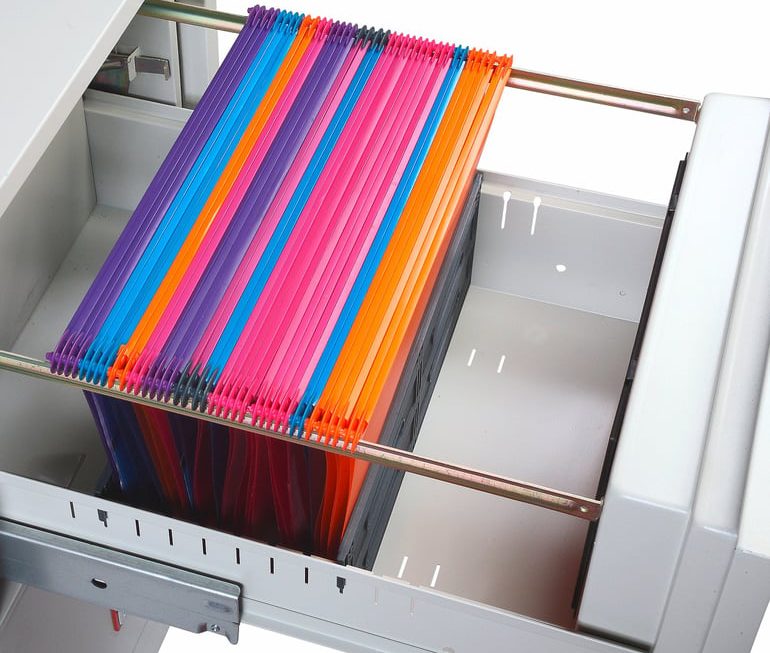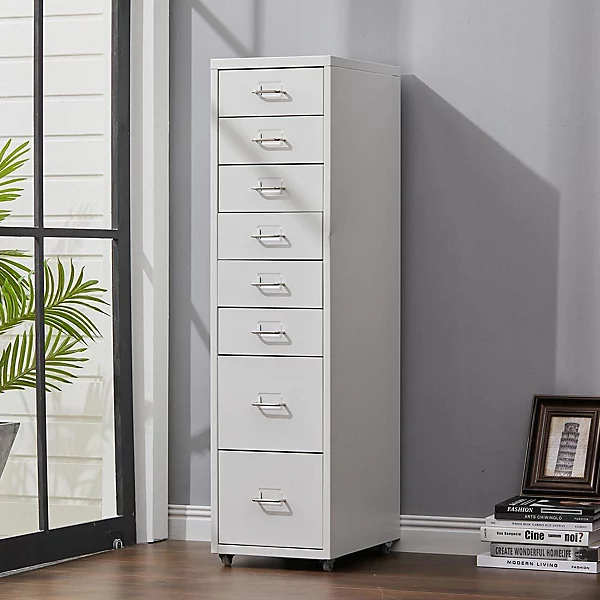Cabinet drawers are essential for storage and organization in homes and offices. Building your own cabinet drawers can be a rewarding project, offering customization and a sense of accomplishment. Whether you’re a novice or an experienced woodworker, understanding the fundamental steps to make durable and functional drawers is crucial. This comprehensive guide will walk you through the entire process, from choosing materials to assembly and finishing touches.
 Introduction to the Blink Outdoor Camera:
Introduction to the Blink Outdoor Camera:
Overview:
The Blink Outdoor Camera is a weather-resistant, wireless security camera designed to provide comprehensive surveillance for the exterior of your home. It offers a range of features that make it easy to monitor your property, whether you’re at home or away.
Key Features:
Wireless and Battery-Powered:
Description: The camera is completely wireless, running on two AA lithium batteries that can last up to two years.
Benefits: Simplifies installation and makes it easy to place the camera anywhere within the range of your Wi-Fi signal without worrying about power outlets.
Weather-Resistant:
Description: Designed to withstand various weather conditions, including rain, snow, heat, and cold.
Benefits: Reliable performance in diverse climates, making it suitable for year-round outdoor use.
HD Video Quality:
Description: Provides 1080p high-definition video for clear and detailed monitoring.
Benefits: Ensures you capture essential details, such as faces and license plates, enhancing security.
Infrared Night Vision:
Description: Equipped with infrared LEDs to deliver clear video even in complete darkness.
Benefits: Offers round-the-clock surveillance, ensuring your property is protected day and night.
Motion Detection and Alerts:
Description: Features advanced motion detection technology and customizable motion zones.
Benefits: Sends real-time alerts to your smartphone whenever motion is detected, allowing you to take immediate action if necessary.
Two-Way Audio:
Description: Built-in microphone and speaker enable two-way communication.
Benefits: Allows you to hear and speak to visitors or potential intruders directly through the Blink app.
 Materials Needed
Materials Needed
Wood Selection
Plywood: Plywood is a popular choice for cabinet drawers due to its strength and stability. Opt for a high-quality, furniture-grade plywood.
Solid Wood: Solid wood can also be used, offering a more traditional look and feel.
MDF: Medium-density fiberboard is another choice, but less durable than plywood or solid wood.
Hardware
Drawer Slides: Choose between side-mounted, under-mounted, or center-mounted slides depending on your cabinet design.
Screws and Nails: Essential for assembly.
Tools
Saw: Table saw or circular saw for cutting wood.
Drill: For making pilot holes and driving screws.
Measuring Tape: Essential for accurate measurements.
Clamps: To hold pieces together during assembly.
Wood Glue: For additional strength and stability.
Sanding Tool: Orbital sander or sandpaper for smoothing edges and surfaces.
Finish: Paint, stain, or varnish for the final touch.
Step-by-Step Guide to Making Cabinet Drawers
Step 1: Planning and Measuring
Assess Your Space: Measure the width, height, and depth of the cabinet opening where the drawer will be installed.
Design Your Drawer: Determine the dimensions of your drawer based on the available space and the type of drawer slides you plan to use.
Step 2: Cutting the Wood
Measure and Mark: Measure the dimensions for the front, back, sides, and bottom panels of the drawer. Use a pencil to mark these measurements on the wood.
Cut the Panels: Using a saw, cut the panels to size. For precision, ensure that the saw blade is sharp and the cuts are straight.
Smooth the Edges: Sand the edges of the cut panels to remove any splinters or rough spots.
 Step 3: Assembling the Drawer Box
Step 3: Assembling the Drawer Box
Dry Fit: Before gluing or screwing, dry fit the pieces together to ensure they align correctly.
Glue and Clamp: Apply wood glue to the edges of the side panels and attach them to the front and back panels. Use clamps to hold them in place while the glue dries.
Pre-Drill Holes: Once the glue is set, pre-drill holes and drive screws into the corners for extra strength.
Step 4: Attaching the Bottom Panel
Measure the Bottom Panel: Measure the interior dimensions of the drawer box and cut the bottom panel to fit.
Attach the Bottom: Apply wood glue along the bottom edges of the drawer box. Place the bottom panel inside and secure it with nails or screws.
Step 5: Installing Drawer Slides
Prepare the Cabinet: Measure and mark the locations for the drawer slides inside the cabinet.
Attach the Slides: Follow the manufacturer’s instructions to attach one part of the slides to the drawer and the other part to the cabinet.
Slide Installation: Carefully slide the drawer into the cabinet to ensure it fits and slides smoothly.
Step 6: Adding the Drawer Front
Measure the Drawer Front: Measure the height and width of the cabinet opening and cut the drawer front to size.
Attach the Front: Apply wood glue to the front face of the drawer box. Position the drawer front in place and use clamps to hold it while the glue sets.
Secure with Screws: Once the glue is dry, pre-drill holes and secure the drawer front with screws from inside the drawer box.
Step 7: Finishing Touches
Sanding: Sand the entire drawer assembly to smooth out any rough areas and prepare for finishing.
Applying Finish: Depending on your preference, apply paint, stain, or varnish to the drawer. Use multiple coats if necessary, allowing drying time between each coat.
Install Hardware: Attach handles or knobs to the drawer front for easy access.
Tips for Ensuring Quality and Durability
Correct Measurements
Double-Check: Always double-check your measurements before cutting to ensure accuracy.
Allowance for Slides: Account for the thickness of the drawer slides when measuring the width of the drawer.
Using Quality Materials
Invest in Quality: Using high-quality wood and hardware will result in a more durable and long-lasting drawer.
Avoid Warping: Ensure that the wood is properly dried and stored to avoid warping.
Proper Assembly Techniques
Glue Joints: Apply wood glue generously to all joint areas for added strength.
Clamp Time: Allow sufficient time for glued joints to dry completely before removing clamps.
Troubleshooting Common Issues
Poor Fit
Re-Measure: If the drawer does not fit properly, re-measure both the cabinet opening and the drawer to identify discrepancies.
Adjustments: Sand down or trim the drawer as needed to ensure a snug fit.
 Drawer Not Sliding Smoothly
Drawer Not Sliding Smoothly
Slide Alignment: Check the alignment of the drawer slides and adjust if necessary.
Lubricate: Apply a suitable lubricant to the slides to improve smoothness.
Gaps and Misalignment
Shimming: Use shims to correct any gaps or misalignment in the drawer front and sides.
Re-Clamp: If joints are not tight, re-glue and clamp to ensure a secure fit.
Customization and Variations
Custom Sizes and Shapes
Unique Designs: Create custom-sized drawers for specific storage needs or unique cabinet configurations.
Decorative Finishes
Wood Inlays: Add decorative wood inlays to the drawer front for a personalized touch.
Carvings: Incorporate carvings or detailed woodwork for an elegant finish.
Drawer Dividers
Internal Organization: Add internal dividers to your drawer for better organization of items like utensils, tools, or office supplies.
Soft-Close Mechanisms
Upgrade Slides: Install soft-close drawer slides for a more modern and quiet closing mechanism.
Maintenance and Care
Regular Cleaning
Dust and Debris: Regularly clean the drawer and slides to remove dust and debris.
Mild Cleaners: Use mild cleaners and a soft cloth to keep the finish looking new.
Inspect Hardware
Regular Checks: Periodically check the drawer slides and hardware for wear and tear.
Tighten Screws: Tighten any loose screws to maintain drawer stability.
 Conclusion
Conclusion
Making your own cabinet drawers can be a rewarding DIY project that enhances your woodworking skills and provides custom storage solutions. By following this comprehensive guide, you can create durable and aesthetically pleasing drawers tailored to your needs. Pay attention to detail, use quality materials, and follow proper assembly techniques to ensure your drawers not only look great but also function smoothly for years to come. Whether you’re refurbishing old cabinets or building new ones, the skills you gain from making cabinet drawers will be invaluable in other woodworking projects. Happy crafting!



